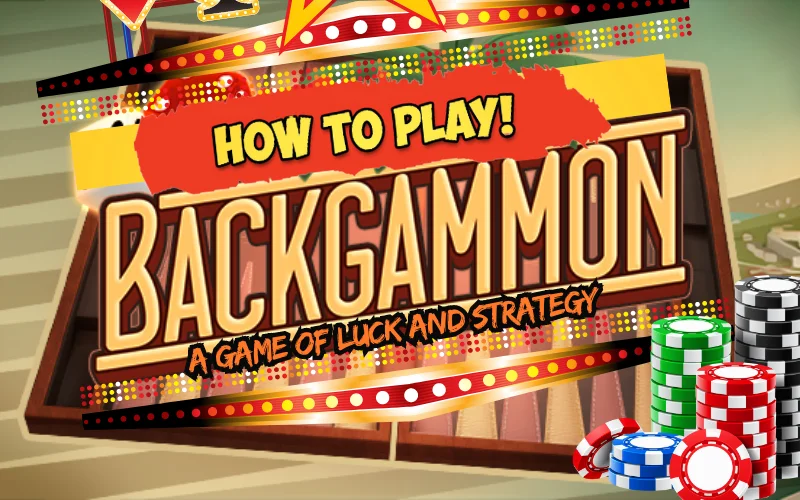Backgammon, one of the oldest board games dating back to 3000 BC, is a timeless classic that combines elements of luck and strategy, making it a favorite among players worldwide. In this blog post, we will delve into the equipment, gameplay, and rules of this exciting game.
Essential Backgammon Equipment
When playing Backgammon, each player starts with fifteen checkers of their color, a pair of dice, and a dice cup. A doubling cube is also used to indicate the stakes of the game. The game board consists of 24 triangles called points or pips, divided into four quadrants.
To play, follow these steps:
- Setup: Arrange your fifteen checkers as per the rules, with two on your 24-point, five on your 13-point, three on your 8-point, and five on your 6-point.
- Objective: The goal is to move all your checkers into your home board and then bear them off the board. You must use the dice rolls strategically to move your checkers and block your opponent.
- Movement: Use the dice rolls to move your checkers around the board. Each number on the dice corresponds to how many points a checker can move. You can move one checker by the sum of both dice or two checkers by each number individually. You can also land on a point with only one checker.
- Doubling Cube: The doubling cube is optional and is used to increase the stakes. If your opponent accepts the double, the stake is doubled, and they can decide to increase it.
Gameplay
The game starts with each player rolling a single die, and the player with the higher number goes first. Players take turns rolling two dice and moving their checkers based on the numbers rolled. Movements are made along a horseshoe path towards the home board. Players must strategize their moves to prevent their opponent’s progress.
Moving: Players move their checkers based on the numbers rolled on the dice.
Each die constitutes a separate movement, allowing for strategic placements and captures.
Players can move the same checker twice or two different checkers based on the dice roll.
Hitting: Landing on an opponent’s checker creates a blot, hitting it and sending it to the bar.
Checkers on the bar must re-enter the game strategically to avoid losing turns.
Bearing Off: When all checkers are in the home board, players can start bearing off based on dice rolls.
Checkers are removed from play by rolling corresponding numbers.
Doubling: A doubling cube increases stakes at any point in the game.
Players can propose to double the stakes, which their opponent can accept or resign.
Gammon and Backgammon
In backgammon, a player wins by successfully bearing off all their checkers from the board before their opponent does. This involves moving all checkers to the player’s home board and then removing them from the board entirely.
Additionally, scoring in backgammon involves more than just winning. Gammon and backgammons refer to the scoring system that awards extra points based on the final state of the game. A gammon occurs when the losing player has not borne off any checkers and still has checkers on the bar or in the opponent’s home board. This results in the winner scoring double the value of the game. A backgammon occurs when the losing player has not borne off any checkers and also has checkers in the winner’s home board or on the bar, resulting in the winner scoring triple the game’s value.
Are You Ready to Play Backgammon?

Backgammon’s enduring appeal lies in its unique mix of luck and strategy, offering players a dynamic and unpredictable gameplay experience. Embrace the challenge, roll the dice, and discover why this ancient game has captivated players for millennia.







